
School of
Constructive Arts

The School of Constructive Arts is a field school teaching regenerative design, building, and ecology through direct observation, participation, and experimentation. Our approach integrates ancestral knowledge of natural materials and energy with advancing technology and contemporary building techniques to derive sustainable models of living for our time.
We are establishing our campus in the Big Bend region of West Texas where we are building facilities to support education, research, and experimentation. Beyond this site-specific laboratory for direct study, we are working to bring regenerative design and natural building to individuals and communities beyond our campus. By providing technical expertise, training, building materials, and direct construction assistance we empower our neighbors to build to the highest level of environmental design and construction. To further increase access we have begun to publish media, share research, and compile resources both in a library on our campus and online. In the ‘Learn’ portion of this website you will find the first step towards this open visual library.
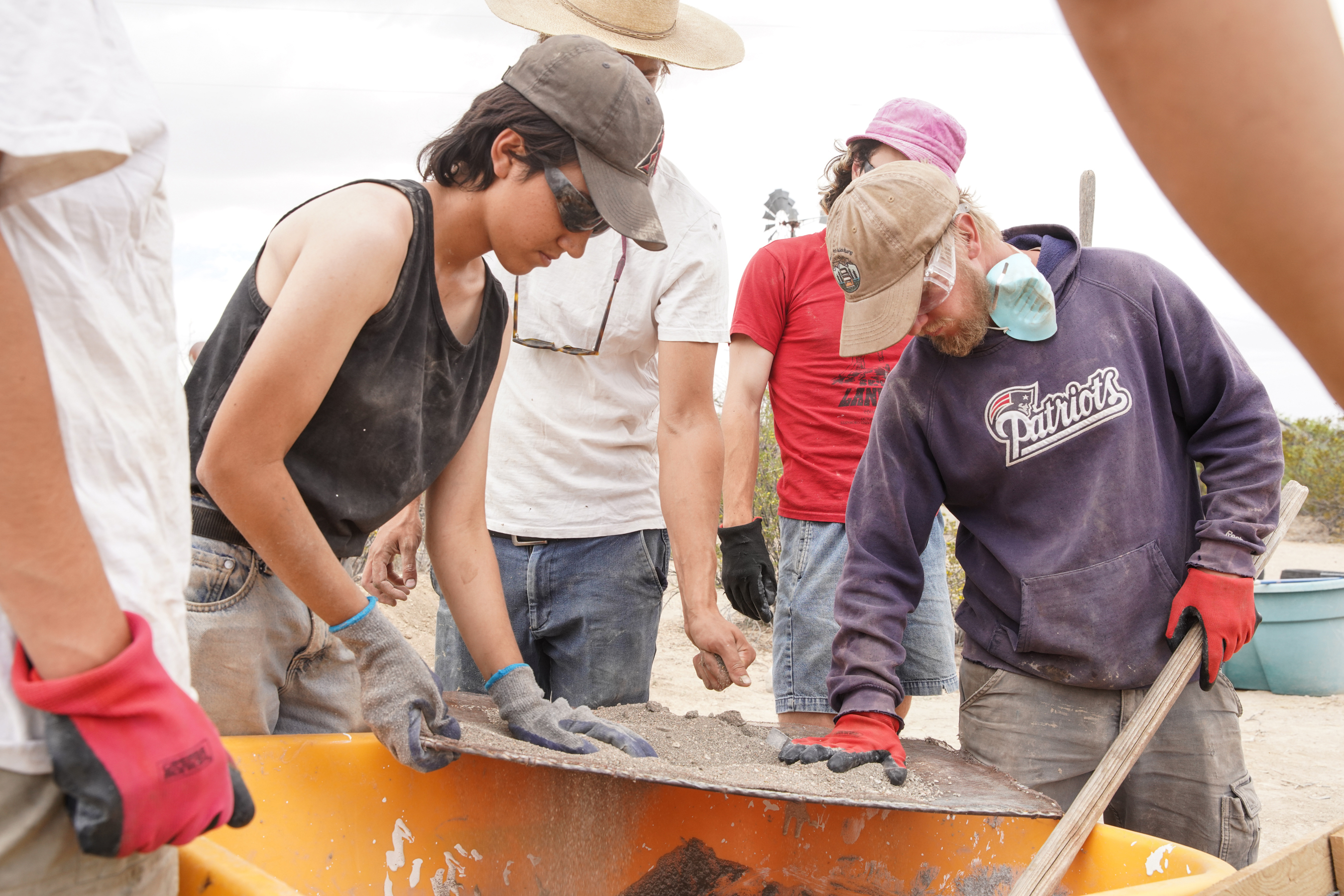

Unfortunately, we often waste this inheritance, reshaping the earth in ways that are ultimately destructive rather than constructive. In the last two decades 97% of housing built in the U.S. was suburban, mass produced from wood and petroleum products that make people ill, mold, rot, blow down, burn, and require massive electric, water, waste, and road infrastructure. With all our advances, isn’t it odd that the most desirable places to live in our cities are often the oldest, that more and more people seek out fewer wild, undeveloped lands? Pause to look, and it is clear we are building a world that people don’t want to live in. But it is not only built environments that are in decline. Human activity is transforming the Earth more rapidly and dramatically than ever, altering the chemistry of the seas and sky, disturbing essential natural processes, and threatening the balances that sustain all life.
Regenerative design is the study of how to reshape the Earth in ways that are life giving rather than life threatening. It is an ancient art that relies on careful observation, direct experimentation, trial and error. Our ancestor’s lives were intimately bound with place and so they sought not only to sustain but to increase the health of the places they lived. Often they left behind deep organic soils, rich food forests, healthy fisheries, and ecosystems of exceptional biodiversity. By applying modern science to this ancient approach, we too can heal the land and leave pockets of health, diversity, and vitality for our children. We too must start at home, by weaving the patterns of our lives back into the pattern of life as a whole.
At the School of Constructive Arts we work from the ground up, empowering individuals and communities to build durable, healthy, efficient homes from the earth; integrate waste and water systems with natural cycles; and restore soil, hydrology, habitat, and biodiversity in the places they live. To do this we combine hands-on education with direct assistance to change both the perceptions and realities of what is possible. This ‘teach through building’ approach gives students an unparalleled education combining theory with practice. Their work in turn is a gift to future students and surrounding communities. We began by restoring 20 acres of degraded land on the Terlingua Ranch to create a campus and laboratory for direct study. The construction and ecological restoration of our own campus allows us to advance knowledge, methods, and new models through experimentation, trial and error. It is becoming a living example of regenerative design, a place where seasoned experts and students of all ages and backgrounds come to work and study together. Over the past four years a team has come together, along with specialized knowledge, methods, and equipment. In this new chapter we are beginning to offer expertise and assistance to help others build to the highest standards of environmental excellence.

Bob Estrin
President
Technology


Build Through Teaching

Innovation

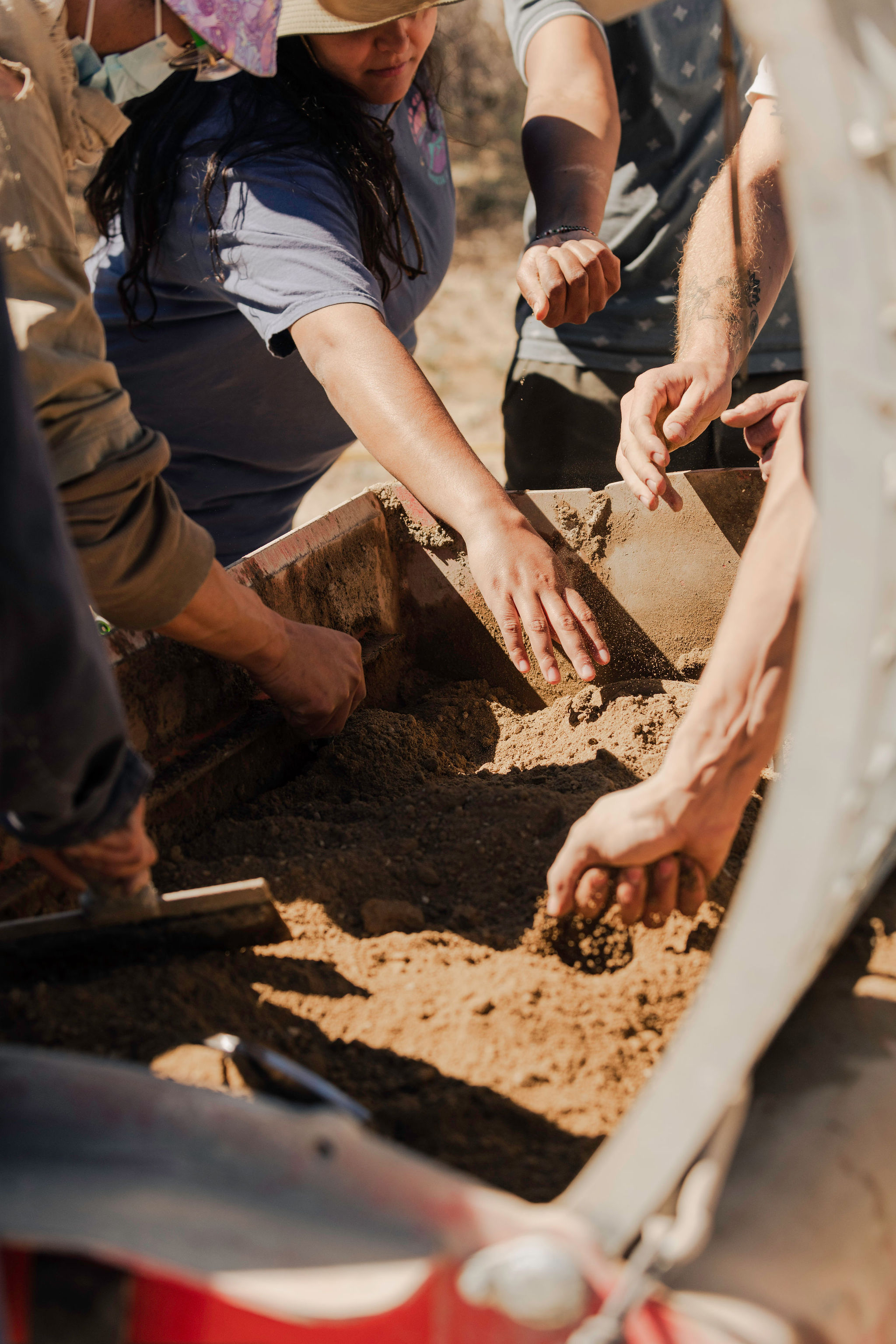

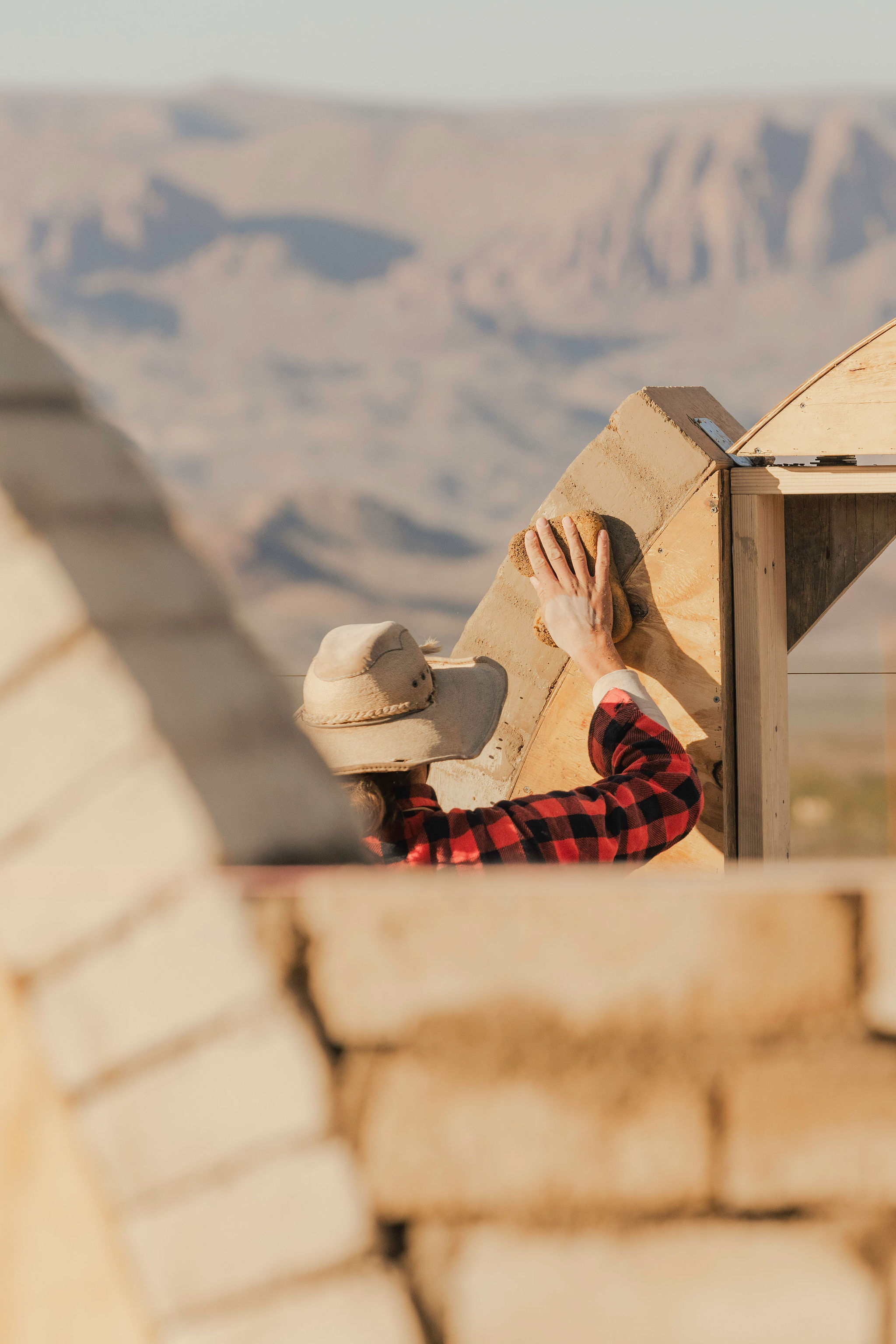

Education | Research | Innovation
Consultation | Direct Assistance | Community Workshops

Bob Estrin
Bob is an architect, builder, teacher, and founder the School of Constructive Arts. The son of a builder, Bob’s experience in construction started at a young age. He received his degree in architecture at the Cooper Union in New York City, where he later taught the urban design studio with Diane Lewis. His research on ancient uses of natural energy and natural materials led him to travel to North Africa, an experience that dramatically shaped his approach to design and building. After working on a range of residential and institutional projects in the studio of architect Matthew Baird, Bob received his license and began practicing architecture independently. He founded the School of Constructive Arts in 2020 to carry on research integrating ancient methods with modern building science and technology. With mentorship from Jim Hallock, Todd Swanson, and others Bob developed a detailed earth building curriculum and established compressed earth block manufacturing at SCA. In addition, Bob has developed a comprehensive regenerative design curriculum, bringing his experience and research of advanced natural energy, waste and water systems, community planning, and agro-ecology to the classroom. Bob applies this diverse knowledge to design projects beyond the school, helping others build holistically with the land.

Heather Christensen
Heather Christensen grew up in Texas and has dedicated herself to learning at the intersection of water, soil, climate, and humanity. She studied hydrogeology and aqueous geochemistry at UT Austin where she became interested in the role that science can play in protecting and conserving resources essential for all life on Earth. After graduating, she helped co-author the book Texas Through Time: Lonestar Geology, Landscapes, and Resources at the Bureau of Economic Geology. Her Master's thesis research on nutrient cycling and greenhouse gas emissions in the banks of the regulated Colorado river catalyzed her interest in soil science and in the soil ecosystem. During her time in graduate school, she became interested in water law and policy, helping to design and teach a graduate law seminar on water in Mexico City. After completing her Master's degree she worked as a research scientist at the Gulf Coast Carbon Center investigating nitrogen cycling in soils, and later as a regenerative agriculture and soil science consultant. She came to the School of Constructive Arts in November of 2023, bringing expertise in soil science, surface water management, and regenerative land restoration.
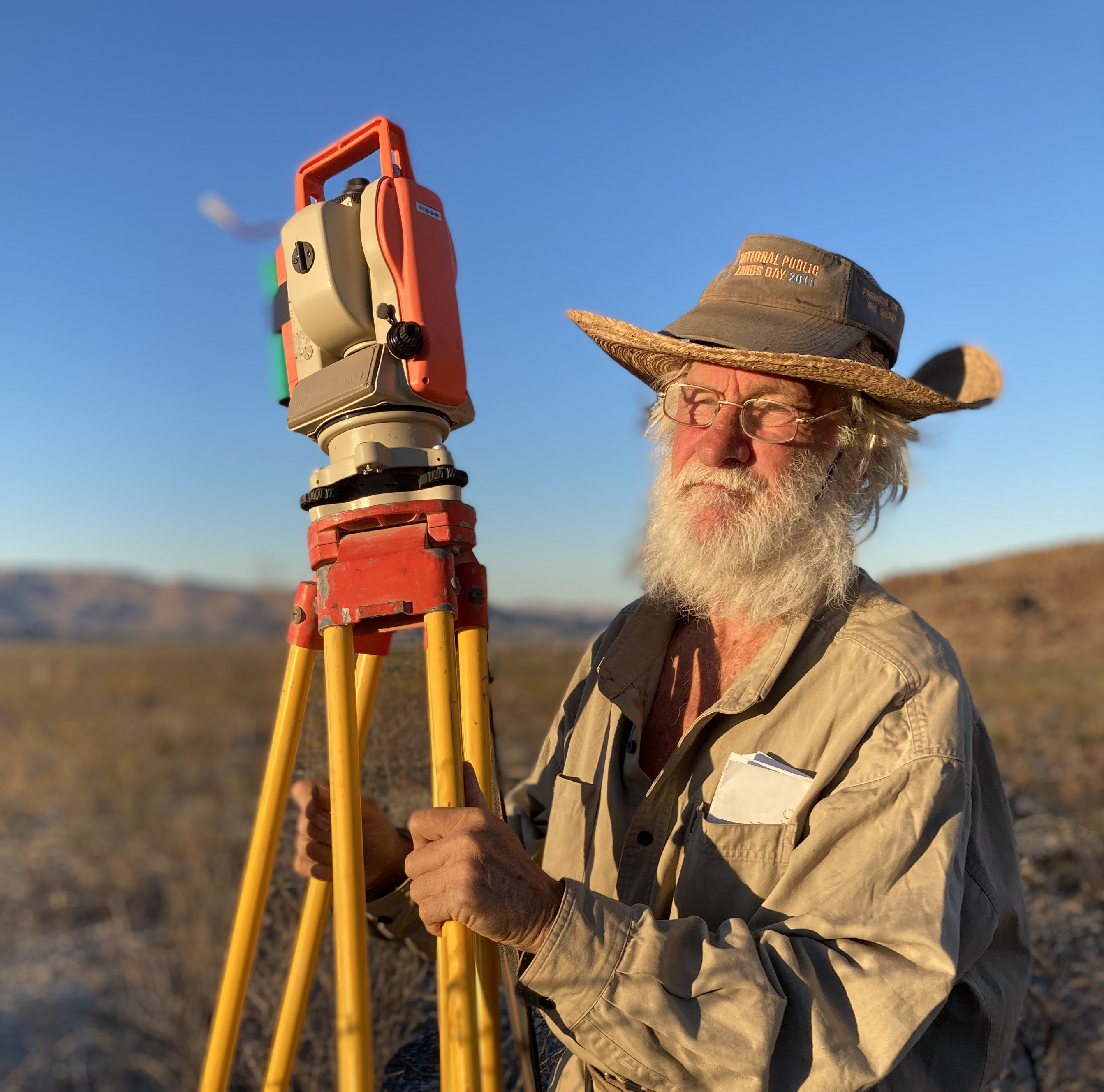
James Jackson
James Jackson is a land surveyor, environmental activist, long-time resident of Big Bend, and founding member of the School of Constructive Arts. He grew up in rural southeast Texas, spending time hunting, fishing, and raising animals. He has served on the board of the Big Thicket Association and the Texas Comittee on Natural Resources. He is a dedicated defender and steward of forest lands, working with TCNR to protect 50,000 acres of forest from clear-cutting, and tree sitting in Oregon and Texas as an active member of the Earth First! movement in the 80's and 90's. After moving to Big Bend, he formed a close friendship with Don Bryant, and together they originated the idea of donating the land at Snake Road to form a school to benefit the community and the earth. James has been a board member of the School of Constructive Arts since its inception, and remains a valued and trusted member of the SCA and Big Bend community.
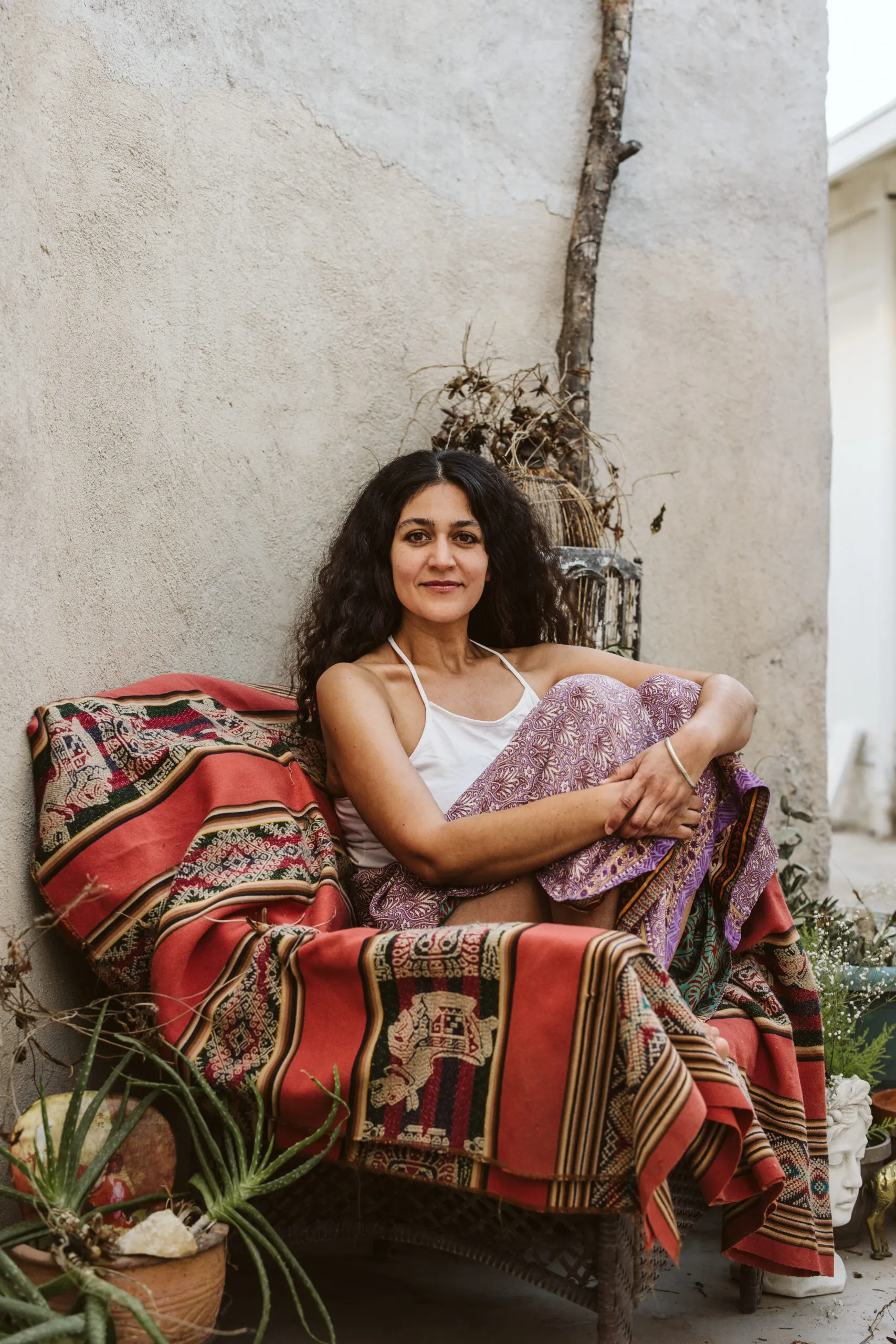
Lizette Rohana
Lizette Rohana is a third generation Spanish Mexican with Lebanese ancestry born and raised on the Mexican-American border in Presidio, Texas and Ojinaga, Chihuahua. She has dedicated her life on the border to community organizing and community initiatives in different areas such as agriculture, human rights activism, and the promotion of arts and culture. She believes strongly that empowering individuals through community education and organizing is the best way to create a thriving, healthy community. One of the biggest challenges on the Mexican-American border near Presidio is a lack of affordable and healthy housing for families. In joining the School of Constructive Arts, Lizette saw an opportunity to introduce an affordable and healthy way of living to the area and its families while also offering education and community resources that are lacking around the Presidio border region.

Jim Hallock
Jim Hallock (Earth Block International) has devoted himself to the production, construction, and promotion of Compressed Earth Blocks for over three decades. From pioneering work in lime stabilization to running the world’s largest earth block project in Loreto Bay Mexico, from community-built housing in Haiti to countless hands-on workshops and dozens of online videos, in partnership with universities and in places of extreme need around the world, Jim has had a singular focus: expanding the use of earthen construction, specifically compressed earth block, for the health of people and the planet. This mission has brought him to Mexico, Costa Rica, Guatemala, Honduras, Colombia, Chile, Peru, Ethiopia, South Africa, Zambia, and Haiti, often working with non-profits such as Partners in Progress, to help communities build healthy, resilient housing for the ages. Jim joined the board of the School of Constructive Arts in the Spring of 2022 and has helped us establish world-class earth block production and earth building practices on our campus.
SCA owes a great deal to Cain Estrin and Estella Dieci whose hard work, care, and numerous contributions were integral to the project’s success in its foundational years. We are also grateful to Cynta de Narvaez, Sterling Roberts, Alex Kamelhair, Larry Sunderland, Jamie Cowdery, Joselyn Fenstermacher, Todd Swanson, John and Margaret Kefauver, Pam Gordon, and Matt Barnett for their generosity and support over the years. The School of Constructive Arts is supported in large part by the Donald Ray Bryant Trust, Dennis and Roxann Reeser, and the Permian Basin Area Foundation (PBAF).



Donald Ray Bryant
May 28, 1925 - Jan 25, 2019
Don Bryant was a teacher, innovator, builder, farmer, and friend to many. Don taught himself principles of structural design and building from books and through direct experimentation. He built many innovative structures on his land on the Terlingua Ranch. Though best known
for his ferro-cement domes, he had
graduated to adobe and earth-based
building by the end of his life. Don
would work tirelessly on a project,
but when a better idea came along he
would shift gears and not look back.
Much of Don’s work is unfinished but
even so these impressive structures
stand testament to his unique vision,
spirit, and ingenuity.
Don died in January of 2019 and willed that his land go toward forming a School dedicated to Architecture, Building, and the Environment. The School of Constructive Arts celebrates Don’s memory and carries forward his enthusiasm for building, teaching, and living in harmony with the desert.

